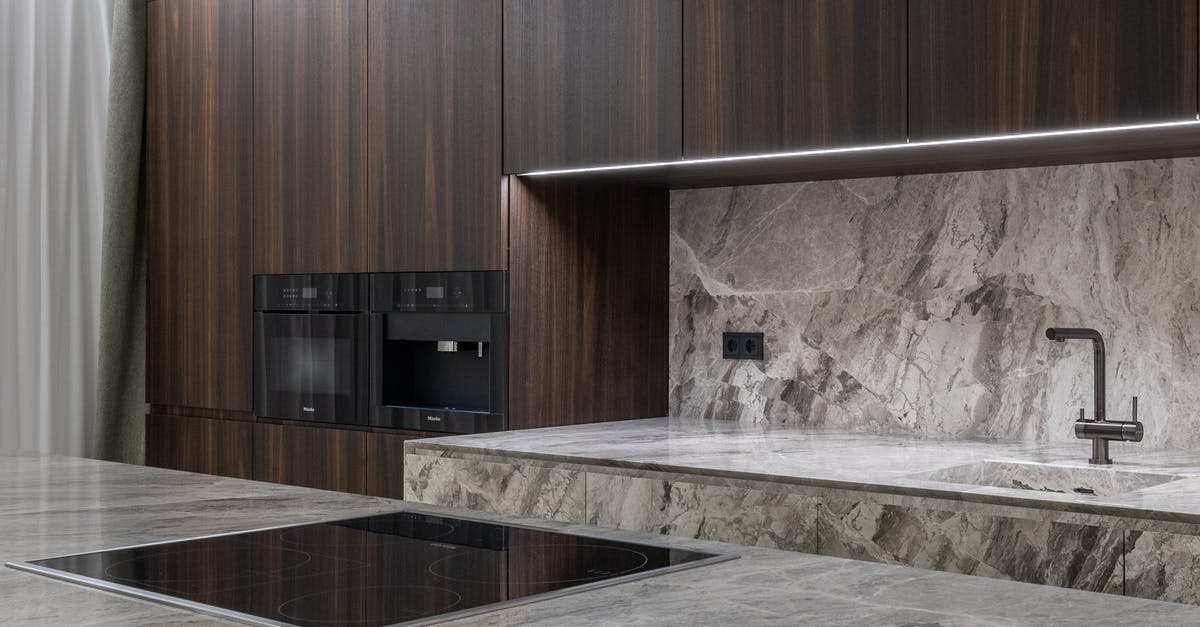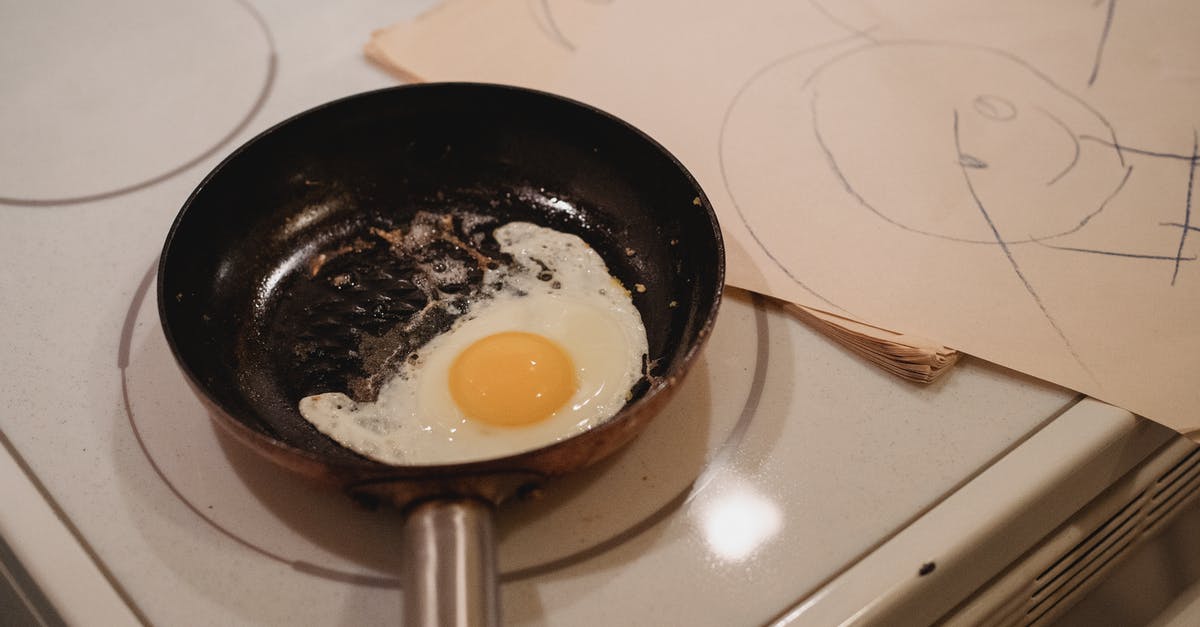Problems heating up pans on an induction hob

I bought an induction hob to precisely control pan temperature; it’s a 2000W Hendi single hob, temperature and power can be combined independently. I tested two De Buyer pans with it, a multilayer stainless steel and a carbon steel one; I heat them up empty and checked surface temperature with a thermometer. I noticed that the temperature quickly jumps well over the set value and takes time to stabilize; this is especially true when I try to reach 100+ celsius and with carbon steel cookware the effect is magnified (I got a blue ring mark in the middle of the pan). What am i doing wrong? Should I start to cook immediately?
Best Answer
Any electrical device that is used to maintain a constant temperature (ovens, induction hobs, immersion cookers, even thermostat-based space heaters) does so by first sensing whether the current temperature is below the set temperature. If so, the heating element/induction coil/etc... is turned on. Once the temperature reaches some upper threshold, the element is turned off again, and the cycle repeats.
Different devices have different ranges of thresholds. For instance, the temperature in an oven may vary by as much as 30°C, while an immersion cooker will keep the temperature range withing 1°C or so.
The reasons your hob overshoots the set temperature, then takes some time to stabilise, can be:
- The hob is built to operate on a much wider range of temperature thresholds than you thought.
- The hob is built to keep a pan with contents at a constant temperature, but heats up too powerfully for an empty pan (i.e., the hob makes the 'assumption' that there is something in the pan, and delivers power based on that assumption).
- There is some distance between the hob's temperature sensor (often in the center) and the induction coil (a ring some distance from the center), and your pan does not conduct heat instantly. Then, while the pan has reached target temperature at the spots closest to the induction coil, it is still below the target temperature at the hob's sensor, causing the hob to add more power.
Using an empty pan will make points 1 and 3 worse as well. You can check if any of these are occuring in your case by heating a pan of water, and taking the water temperature (points 1 and 2), or by moving your surface thermometer to different spots in the pan (point 3). If the issue turns out to be 1, there is not much you can do. If it's either 2 or 3, you can mitigate the problem by starting to cook (almost) immediately.
Alternatively, you could force a slower heating curve by starting the hob at its lowest temperature and manually changing the temperature setting every minute or so.
Pictures about "Problems heating up pans on an induction hob"



Quick Answer about "Problems heating up pans on an induction hob"
- Pan Compatibility and Position. The most well-known problem with induction stovetops is that they can be very fickle when it comes to cookware. ...
- The Induction Stovetop Lacks Power. ...
- The Burner is Faulty. ...
- The Stove is in Lock Mode.
Why does my induction hob burn my pans?
The way that induction stove works is that the circle which indicates where you should place your pot or pan when ready to cook heats up. The magnetism is concentrated at this spot which is why your induction stove can heat up your cookware so quickly.How do I get my pans to work on an induction hob?
Just place a magnet (a fridge magnet will work for this) on the bottom of the pan. If the magnet sticks, then the bottom of the pan is made from ferrous metal and will work on an induction hob. If it doesn't, it won't. You can also check your pans for the induction compatible symbol, which looks like a coil of wire.Does induction heat the pan evenly?
According to Consumer Reports, \u201cInduction cooktops heat 25-50 percent faster and distribute heat more evenly than radiant stovetops, and they offer quick, precise temperature adjustment.\u201d Induction cooktops are safer since they only heat the pan, not the burner, and cool quickly after the pan has been removed.HOW TO USE INDUCTION HOB/ COOKTOP / TIPS AND TRICKS
More answers regarding problems heating up pans on an induction hob
Answer 2
You say, probably paraphrasing the manual, that "temperature and power can be combined independently*. But they can't. There may be separate controls, and you may be able to set T, P or both with predictable effects, but they're not independent. The temperature (or rate of temperature rise) will always depend on the power input and what you're heating, by simple physics. Control is achieved by turning the coil on and off and/or by actually driving it at lower power.
I suspect that you can set a target temperature, and an output power that's effectively a maximum used to bring the pan up to temperature. By necessity the temperature is sensed using a sensor in the hob. That will take some time to respond during which the pan will keep getting hotter - a (thin) carbon steel pan could get very hot. The temperature could be sensed in several ways; the fastest, and how I'd design it, is an IR sensor built in to the hob; that could still take a few seconds to settle down. It's also a little inaccurate due to making assumptions about the pan material, but it should be close enough for normal cooking.
The only time you'd really want to heat a completely empty pan is for dry frying/toasting, and then a heavy base works better. The worst case is probably a pan with a very little oil; this would start to smoke quite suddenly, and you'll need to get used to how long it takes to avoid it.
Answer 3
I have the same problem. Empty or full my cast iron pan will overshoot the set temp by a bunch at first. It's worse with thinner cookware. I think the thermostat takes awhile to figure out the temp and shutting off. My best solution is to preheat the pan by slowly creeping up the temp setting or boiling off a little water. You want the pan to be evenly heated anyway so that should not be a problem. The other option is to use only the power setting which bypasses the thermostat.
Sources: Stack Exchange - This article follows the attribution requirements of Stack Exchange and is licensed under CC BY-SA 3.0.
Images: Max Vakhtbovych, Kamaji Ogino, Gagan Cambow, Mikhail Nilov
